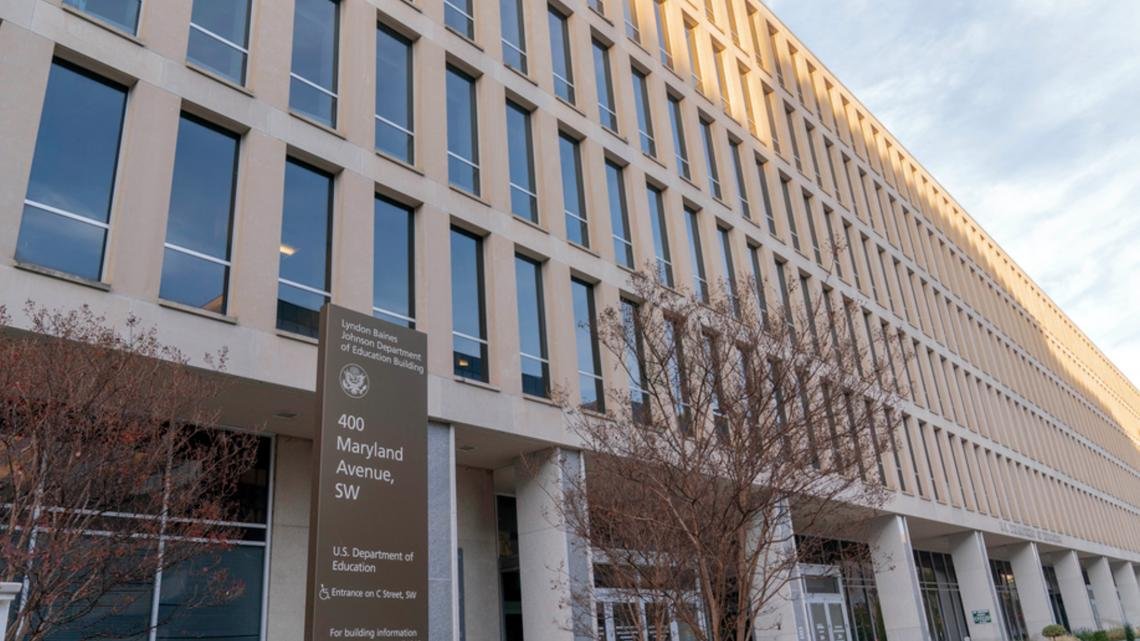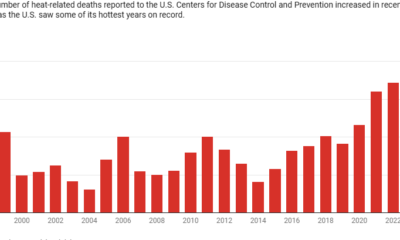Business
Student Loan Collections Resume May 5: Essential Insights You Need

WASHINGTON, D.C. — Starting Monday, the U.S. Department of Education will begin referring student loans in default to collections. This move will initiate involuntary collection through the Treasury Department’s offset program, which allows the government to withhold tax refunds, federal salaries, and other benefits from those with overdue debts.
On May 5, the government will also start garnishing wages for borrowers who are defaulted. Currently, around 5.3 million borrowers find themselves in this situation, having missed payments for over nine months.
During the COVID-19 pandemic, the U.S. government paused federal student loan payments and interest accrual, temporarily halting collection efforts that began again after a grace period that ended last October. Advocates have criticized the decision to resume collections, arguing that borrowers are facing confusion due to fluctuating policies between presidential administrations.
In addition to the borrowers already in default, approximately 4 million more are between 91 to 180 days late on their payments, and less than 40% of all borrowers are current with their loans, according to department officials.
Here’s what borrowers need to understand:
Beginning May 5, borrowers in default will receive communications from Federal Student Aid outlining their options. The involuntary collection process includes measures like wage garnishment and the interception of tax refunds and social security benefits.
What differentiates delinquency from default? A loan becomes delinquent after a missed payment of 90 days, transitioning to default after 270 days of non-payment. While delinquency impacts credit scores, default incurs more severe repercussions.
If a loan goes into default, it will appear on the borrower’s credit report. The government will then initiate collections. For those currently in default, the Education Department advises contacting its Default Resolution Group to explore options like monthly payment arrangements, income-driven repayment plans, or loan rehabilitation.
Betsy Mayotte, president of The Institute for Student Loan Advisors, recommends loan rehabilitation as a viable solution. This process requires borrowers to demonstrate a history of timely payments for nine consecutive months. A single rehabilitation can be completed per loan.
Borrowers experiencing financial difficulties may apply for forbearance, a temporary pause on loan repayments granted by their loan servicer. Although interest will continue to accumulate during forbearance, it is granted for up to 12 months.
During his presidency, Donald Trump criticized the Department of Education, labeling it as inefficient and ideologically biased. However, dismantling the department without Congressional action remains unlikely, as it was established through federal law in 1979.
Trump’s administration proposed transferring the $1.6 trillion federal student loan portfolio to the Small Business Administration. This plan remains under scrutiny as future policies unfold.
Copyright 2025 Associated Press. All rights reserved. This material may not be published, broadcast, rewritten, or redistributed.


















